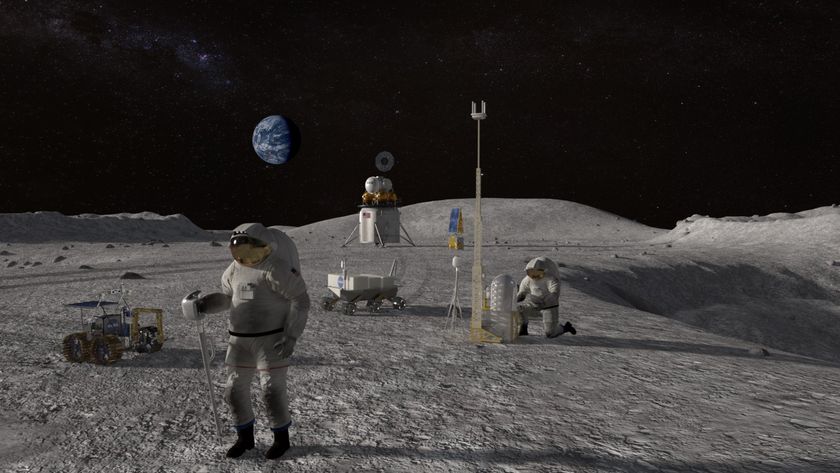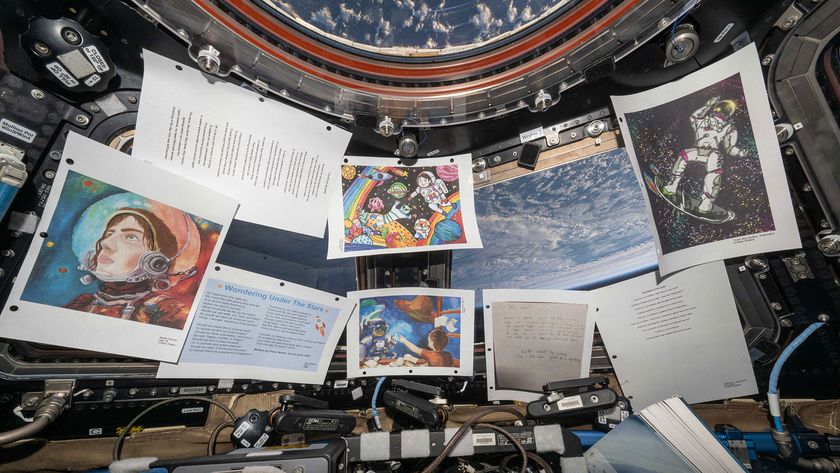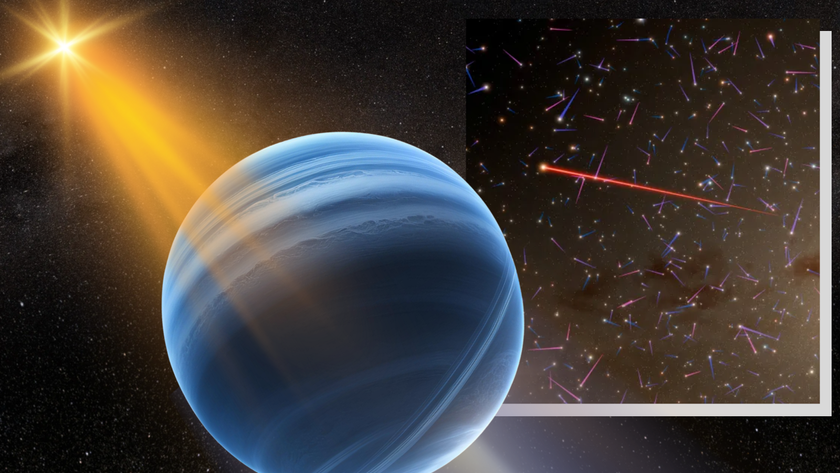
Space Shuttle Releases Final Satellite Into Orbit
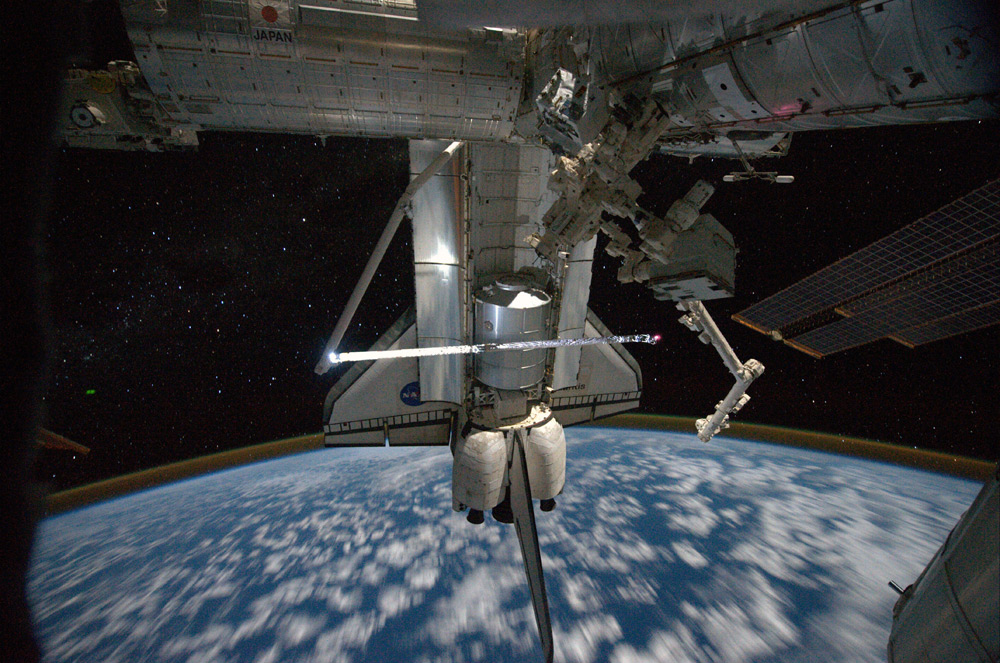
HOUSTON — The space shuttle deployed its last satellite Wednesday morning (July 20), just one day before the shuttle Atlantis is set to land for the final time, with astronauts reciting a poem for the occasion.
The release of a tiny satellite called PicoSat for the U.S. Department of Defense was the last in a long, long list of accomplishments for NASA's 30-year-old space shuttles. After Atlantis lands on Thursday (July 21), those ships will be retired for good.
The small spacecraft is the 180th and final payload ever deployed from a space shuttle. [Photos: Shuttle Leaves Space Station for Last Time]
After PicoSat's release into orbit, Atlantis mission specialist Rex Walheim read a special poem about the shuttle's history of payload deployment.
"One more satellite takes its place in the sky
The last of many that the shuttle let fly
Magellan, Galileo, Hubble, and more
Have sailed beyond her payload bay doors
There's still science books, and still more to come
The shuttle's legacy will live on when her flying is done
We wish PicoSat success in space where it roams
They can stay up here, but we're going home
Yes, soon for the last time we'll gently touch down
Then celebrate the shuttle with our friends on the ground," Walheim said.
"Outstanding, Rex, we applaud you," spacecraft communicator Barry Wilmore said amid cheers from Mission Control.
The four-astronaut crew flying Atlantis' STS-135 mission released the PicoSat into orbit via a spring ejection canister at 3:54 a.m. EDT (0754). The mini spacecraft is covered with solar panels to test new solar cell technology.
Get the Space.com Newsletter
Breaking space news, the latest updates on rocket launches, skywatching events and more!
"Atlantis, Houston, Congratulations on the 180th successful deployment of a payload from the shuttle's payload bay," Wilmore said.
"We copy that, Houston," Atlantis' commander Chris Ferguson replied. "We'll call the deployment time MET [Mission Elapsed Time] 11 days 16:20."
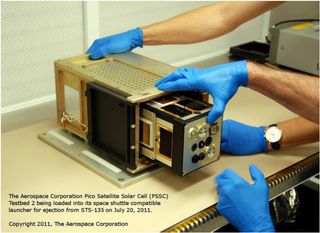
PicoSat, officially named the Pico-Satellite Solar Cell test bed, is a small rectangular box about 5 inches by 5 inches by 10 inches, and weighs only 8 pounds (3.7 kg). It has its own solid rocket booster propulsion systems, communications capabilities, a GPS unit and solar cells for gathering energy.
After the small spacecraft is deployed into a low orbit at around 360 km, it will use multiple onboard megapixel cameras to take some last parting shots of shuttle Atlantis in orbit. These will be the last photos of a space shuttle ever taken from space. [Photos: NASA's Last Shuttle Mission In Pictures]
PicoSat is expected to operate on orbit for three to nine months. During that time it will also perform two experiments for the DoD.
One, called the Miniature Tracking Vehicle experiment, will test whether a nanosatellite like the PicoSat can serve as an orbiting reference point for ground tracking systems. The second, called Compact Total Electron Content Sensor, will monitor space weather and detect the density of the Earth's ionosphere.
Atlantis is slated to land at NASA's Kennedy Space Center in Florida on Thursday at 5:57 a.m. EDT (0957 GMT). The shuttle departed the International Space Station on Tuesday (July 19), where it dropped off a shipment of spare parts and new supplies for the orbiting outpost.
NASA is retiring its space shuttle fleet after 30 years of flight to make way for a new program aimed at deep space exploration. After this flight, Atlantis and its sister ships Discovery and Endeavour will be sent to museums for public display.
You can follow SPACE.com Senior Writer Clara Moskowitz on Twitter @ClaraMoskowitz. Visit SPACE.com for complete coverage of Atlantis' final mission STS-135 or follow us @Spacedotcom and on Facebook.
Join our Space Forums to keep talking space on the latest missions, night sky and more! And if you have a news tip, correction or comment, let us know at: community@space.com.

Clara Moskowitz is a science and space writer who joined the Space.com team in 2008 and served as Assistant Managing Editor from 2011 to 2013. Clara has a bachelor's degree in astronomy and physics from Wesleyan University, and a graduate certificate in science writing from the University of California, Santa Cruz. She covers everything from astronomy to human spaceflight and once aced a NASTAR suborbital spaceflight training program for space missions. Clara is currently Associate Editor of Scientific American. To see her latest project is, follow Clara on Twitter.
